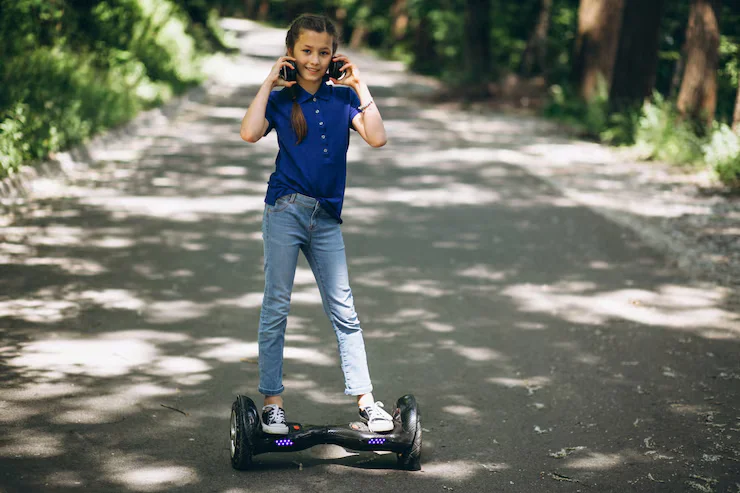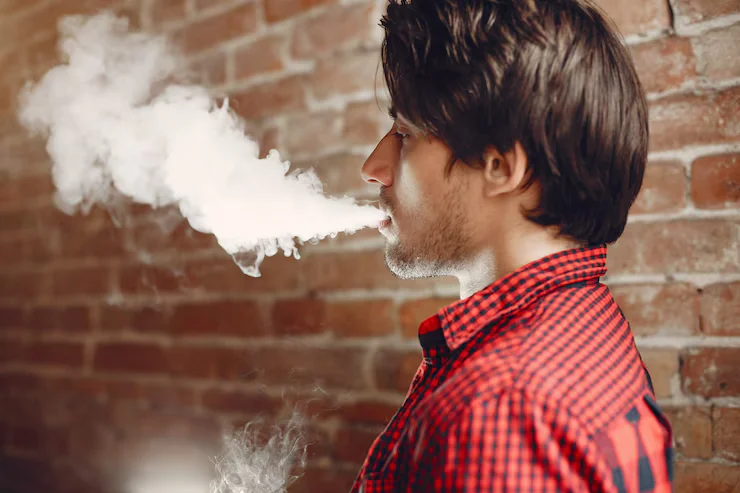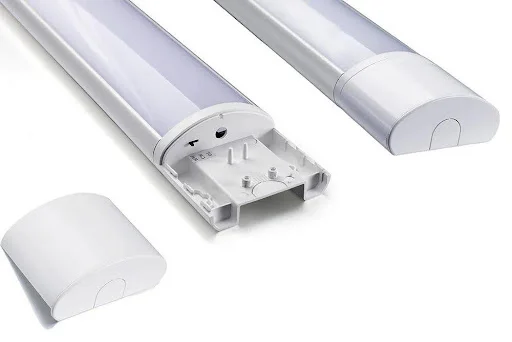Hoverboards have become one of the trendiest and most talked-about personal transport devices of the last decade. Whether you’ve seen kids cruising on them in parks or adults gliding through driveways, they’re hard to miss. But while the fun factor is undeniable, many people still ask an important question: Are hoverboards safe?
In this article, we’ll break down the facts, bust a few myths, and provide clear guidance on hoverboard safety — from battery concerns to rider behavior, and everything in between. If you’re considering purchasing a hoverboard for yourself or your child, this guide is essential reading.
The Hoverboard Safety Controversy: A Quick History
When hoverboards first hit the mainstream market around 2015, they were met with both excitement and caution. Reports surfaced of cheap, imported models with unsafe batteries catching fire, causing property damage, and prompting recalls worldwide.
Much of the early danger stemmed from non-certified lithium-ion batteries and poor-quality chargers. These units often lacked basic overcharge protection and thermal control, leading to overheating or combustion during charging or operation.
But fast-forward to 2025 — the hoverboard industry has grown up.
Thanks to UL certification, better battery design, and stricter regulation, today’s hoverboards are far safer than their predecessors — provided you choose a quality brand and use it responsibly.
What Makes a Hoverboard Safe?
When considering hoverboard safety, it’s best to look at the device itself, the rider, and the environment. Let’s break these elements down.
1. Battery Safety & Certification
Modern hoverboards from trusted sellers now use UL 2272-certified battery systems. This means the electrical and battery components have been tested against fire hazards, short-circuiting, overcharging, and thermal runaway — the causes of most early hoverboard fires.
Look for:
- UL or CE certification
- Original lithium-ion battery packs (not third-party replacements)
- Proper charging hardware with voltage protection
Never leave your hoverboard charging overnight, and avoid using non-original chargers.
2. Speed & Power Controls
Many hoverboards allow for adjustable speed limits, making them safe for beginners and younger riders. Some entry-level models are limited to 6–10 km/h, while more advanced models can hit 15–20 km/h.
Additionally, hoverboards now come with:
- Auto-balance technology for easier mounting
- Over-speed alarms that notify the rider when they’re going too fast
- Tilt protection that prevents the board from moving erratically
These features are especially important for young riders or those still learning how to balance confidently.
3. Rider Safety Gear
A hoverboard is only as safe as the person riding it. Safety gear is non-negotiable, especially for kids and beginners. Recommended protective equipment includes:
- Helmet (certified for bike/skate use)
- Wrist guards
- Knee and elbow pads
- Closed-toe shoes with grip
Also, avoid riding in busy streets, near traffic, or on steep hills — no matter how experienced you are.
4. Ride Conditions & Terrain
Hoverboards are designed for smooth, dry surfaces. Using them on wet, uneven, or sloped terrain can lead to slips and falls.
That said, many modern hoverboards — like 8.5-inch off-road models — are equipped with:
- Larger, shock-absorbing tires
- Water-resistant bodies (IPX4 or better)
- Improved grip and traction for dirt, grass, or gravel
These can be safer for outdoor use, especially if you need a sturdier option for varied terrain.
Are Hoverboards Safe for Kids?
Yes — hoverboards can be safe for children, provided they meet minimum age and weight recommendations and always use appropriate gear.
Ideal hoverboards for kids:
- Have smaller 6.5-inch wheels
- Feature speed caps (~10 km/h)
- Include LED lights and Bluetooth speakers
- Use anti-slip footpads and training balance modes
Most reputable brands recommend a minimum age of 7–8 years and a weight of at least 20–25 kg for safe operation.
If your child is just starting out, supervise their rides closely, and ensure they practice in an open, obstacle-free area.
Are Hoverboards Still Catching Fire?
The short answer: not anymore — if you buy from a trusted source.
Incidents involving hoverboard fires have dropped significantly in recent years, primarily due to better safety regulations and a decline in cheap knockoffs. However, the risk still exists with non-branded imports, low-quality batteries, or unsafe charging habits.
To be safe:
- Only buy from certified UK retailers
- Check for warranty and customer support
- Read reviews and check for compliance markings
A great example of a reliable seller is iHoverboard, one of the UK’s most trusted names in hoverboards and e-mobility products. Their boards are UL-certified, covered by a 1-year warranty, and include robust safety features for both kids and adults — all with fast, free UK shipping.
Common Hoverboard Safety Mistakes
Even the safest hoverboard can become dangerous if misused. Here are some avoidable errors:
- Riding without safety gear
- Using on wet or steep surfaces
- Overcharging the battery overnight
- Letting inexperienced children ride unsupervised
- Attempting tricks or stunts prematurely
Avoiding these mistakes will go a long way in ensuring every ride is as safe as it is fun.
Real-World Injury Data
While hoverboards are generally safe when used properly, falls and injuries can still occur — especially for beginners.
- Common injuries include wrist fractures, bruises, and ankle sprains.
- Most injuries happen during the first few uses or when riding on unsuitable surfaces.
- Wearing a helmet and pads significantly reduces the severity of accidents.
With responsible riding and appropriate gear, the risk of serious injury is relatively low — comparable to skateboarding or scootering.
Final Verdict: So, Are Hoverboards Safe?
Yes — hoverboards are safe when used responsibly and purchased from reputable sources. Like bikes, scooters, or skateboards, the safety of a hoverboard depends on three things: build quality, rider behavior, and proper environment.
Thanks to modern safety standards, UL-certified batteries, and intelligent riding features, today’s hoverboards are far more secure than those first-generation devices. Still, the onus is on the rider (or parent) to ensure proper use, protective equipment, and regular charging habits.
So, if you’re wondering whether a hoverboard is a smart gift or commute option in 2025 — the answer is a confident yes. Just make sure to do your homework, ride safely, and choose a trusted provider like iHoverboard.









